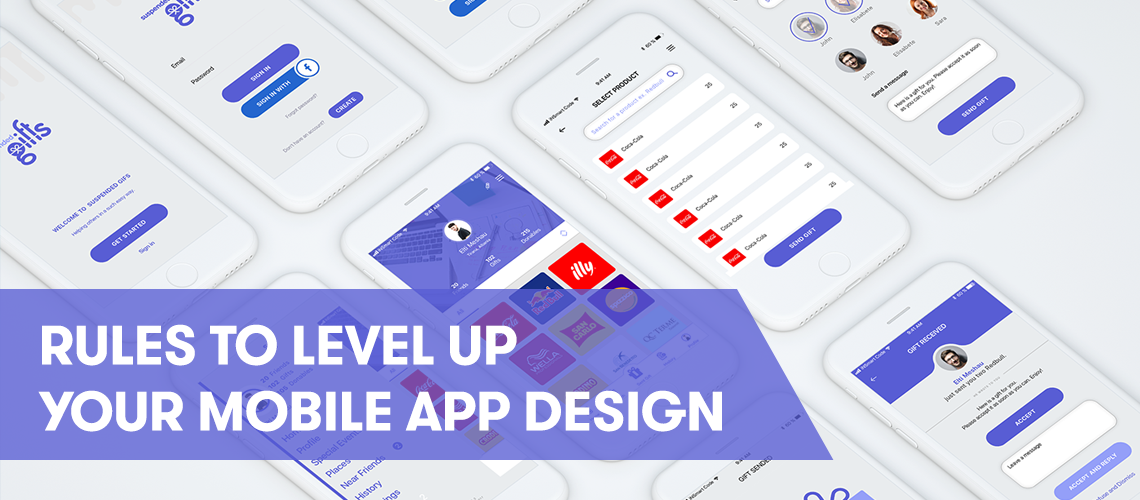Native app UI design doesn’t give you much room to work with. When designing for smaller screens and shorter attention spans, your UI design must work at the speed of thought. Ideally, you want to design an interface that’s easy enough for novice users, without boring experienced users.
Your app also needs to be intuitive, easily guiding users through the experience. For that reason, many of the traditional design laws for web design are critical in mobile app design.
A. Hick’s Law
Offering users too many choices at the onset makes your mobile app increasingly difficult to use. With every choice comes the need for the user to make a decision, which quickly leads to fatigue. Hick’s law speaks to the simplicity of design and eliminates unnecessary buttons, pages, and options.
It’s the same principle in mobile apps. When too many options are presented at the start, a user may likely close or delete the app, choosing none of them. The more intuitive and streamlined the process is, the more likely users are to see immediate value.
B. The 80/20 Rule
In the context of mobile apps, this law emphasizes a low number of people will be responsible for a high number of your conversions.
With the right design considerations, you can work to increase the number of people who convert. For example, Microsoft noted that by fixing 20 percent of the most reported bugs, 80 percent of the negative implications and crashes can be eliminated – drastically improving mobile app user experience.
C. Fitts’ Law
Use this law to emphasize the path you want people to take through large, clickable calls to action while making alternative routes smaller and more subtle.
D. Accessibility
Web accessibility standards transfer over into the mobile application world. A truly great mobile app design allows people affected by disability to use the apps seamlessly. These standards are more than just the right thing to do. Inclusion is important from both a business and design standpoint.
E. Mental Models
Desktop and web apps have been designed around physical examples that people have simply gotten used to.
For example, computer files we don’t need are thrown in the “trash.” The documents we do need are stored in “folders.” Whether the tie is subtle or direct, it creates a familiarity with users that makes your mobile app more intuitive and usable. This shortens a user’s learning curve and creates an easier experience.
These design laws are here to help create a mobile app that resonates with your audience in a meaningful way.


